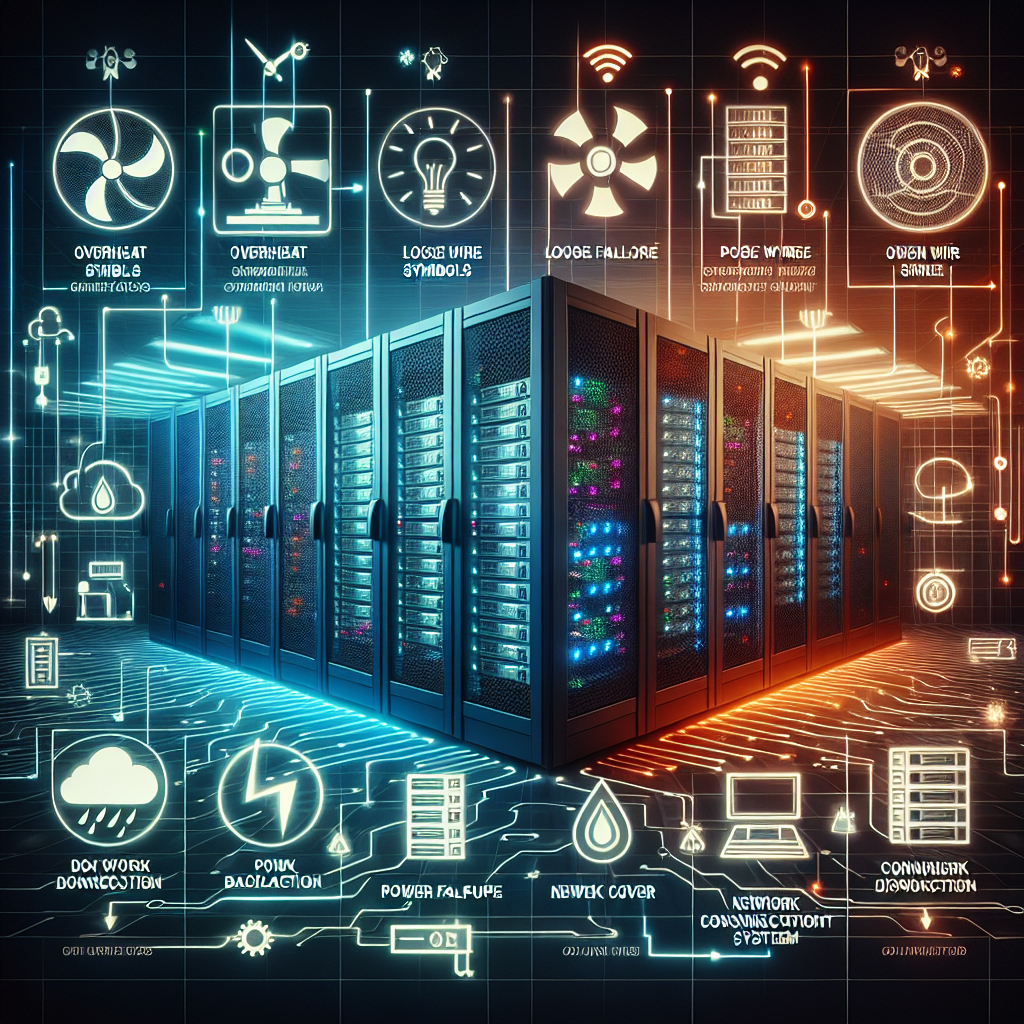Your cart is currently empty!
Top 10 Common Data Center Troubleshooting Issues and Solutions

Data centers are the backbone of any organization’s IT infrastructure, serving as the hub for storing, processing, and managing data. However, like any complex system, data centers can encounter issues that can disrupt operations and cause downtime. In this article, we will discuss the top 10 common data center troubleshooting issues and their solutions.
1. Power Outages
Power outages are one of the most common issues that data centers face. This can lead to downtime and potential data loss. To address this issue, data centers should have backup power systems in place, such as uninterruptible power supplies (UPS) and generators. Regular maintenance and testing of these systems are also essential to ensure they are functioning properly.
2. Cooling System Failure
Data centers generate a considerable amount of heat due to the high-powered servers and networking equipment. Cooling system failures can lead to overheating, which can damage equipment and cause downtime. Regular maintenance of cooling systems, monitoring temperatures, and having redundancy in place are key solutions to this issue.
3. Network Connectivity Problems
Network connectivity issues can disrupt data center operations and affect access to data and applications. Troubleshooting network connectivity problems involves checking cables, switches, routers, and firewalls for any issues. Monitoring network traffic and performance can help identify and resolve connectivity problems proactively.
4. Hardware Failures
Hardware failures, such as hard drive crashes, memory issues, or CPU failures, can impact data center operations and cause downtime. Regular hardware maintenance, monitoring, and having spare parts on hand can help address hardware failures promptly.
5. Software Glitches
Software glitches, bugs, or compatibility issues can also cause data center problems. Keeping software up to date, applying patches and updates, and monitoring performance can help prevent software-related issues. Having a backup and disaster recovery plan in place can also mitigate the impact of software failures.
6. Security Breaches
Data centers are prime targets for cyberattacks, which can lead to data breaches, data loss, and downtime. Implementing robust security measures, such as firewalls, intrusion detection systems, encryption, and access controls, can help prevent security breaches. Regular security audits and training for staff on cybersecurity best practices are also essential.
7. Storage Capacity Issues
Data centers can quickly run out of storage capacity due to the growing volume of data being generated and stored. Monitoring storage capacity, implementing data deduplication and compression techniques, and scaling storage infrastructure as needed can help address storage capacity issues.
8. Backup and Recovery Failures
Backup and recovery failures can result in data loss and downtime in the event of a disaster. Regularly testing backup and recovery systems, verifying data integrity, and having offsite backups are essential to ensure data can be restored in case of an emergency.
9. Environmental Factors
Environmental factors, such as humidity, dust, and temperature fluctuations, can impact data center operations. Monitoring environmental conditions, maintaining proper ventilation and air filtration, and implementing environmental controls can help mitigate the impact of environmental factors on data center performance.
10. Human Error
Human error is a common cause of data center issues, such as accidental deletion of data, misconfiguration of systems, or improper handling of equipment. Providing training for staff, implementing change management processes, and enforcing best practices can help reduce the risk of human error in data center operations.
In conclusion, data center troubleshooting requires a proactive approach to identify and address potential issues before they escalate into major problems. By implementing best practices, monitoring systems, and having contingency plans in place, data centers can minimize downtime, ensure data integrity, and maintain optimal performance.

Leave a Reply